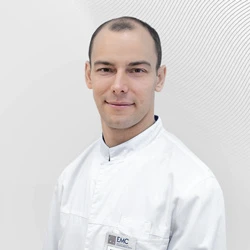Robotic surgery has long since moved from the realm of fiction to the realities of daily surgical practice. New generation medical technologies make it possible to achieve high-quality results in treatment with minimal consequences for the health of patients.
What is the Da Vinci robot?
The Da Vinci robotic installation was developed and first used in the USA in 2000. To this day, this technology has no analogues. More than 4,000 complexes around the world perform unique operations to save human lives.
Robotic surgery is used in many fields of medicine: coloproctology, gynecology, urology, abdominal surgery, cardiothoracic surgery and many others.
Four-hand operations
The Da Vinci robot does not perform operations on its own. It is a surgical device, the actions of which are controlled by a surgeon using a special control panel. Through several tiny incisions, instruments and a high-resolution camera are inserted into the patient's body. The doctor sees on the screen a three-dimensional image of instruments and internal organs in multiple magnification. The surgeon's work console is equipped with special joysticks that respond to hand and finger movements, making the doctor's manipulations smaller and more precise. The robot, equipped with four "hands", one of which holds the camera, the second performs the duties of an assistant, two more operate using EndoWrist instruments, exactly repeats all the actions of the surgeon. Due to the absence of anatomical limitations in the robot's hands (the instruments rotate 360 degrees), it repeats all the actions of the surgeon with precision precision. The doctor monitors each surgical procedure. The device is also equipped with a built-in program to eliminate hand tremors, which makes the actions even clearer. Unlike conventional surgical methods, the robot allows the surgeon to comfortably sit in a chair at the console, concentrating on the operation as much as possible, rather than standing for hours in full tension at the operating table. Even more surprisingly, a robot and a surgeon do not have to be in the same place, moreover, in the same city or country, to perform an operation.
What is so good about the Da Vinci robot?
- The robot's hands have greater mobility, which makes it possible to perform movements that the human hand is not capable of performing.
- Compared to a human arm, the robot's arm is stronger and more stable, which eliminates natural tremors.
- The system allows you to achieve better visualization of the surgical area, allowing you to view places inaccessible to the naked eye.
- The robot provides access to hard-to-reach areas.
What is the advantage of robotic surgeries for the patient?
- Robotic operations are less traumatic.
- Fewer complications in the postoperative period.
- The pain syndrome after surgery is less pronounced.
- Minimal blood loss.
- A shorter recovery period.
- Inconspicuous postoperative scars.
The experience of robotic surgery in EMC
Operations using the Da Vinci Si HD robot have been carried out at the EMC since 2012. Our extensive experience and continuous development in this field allow us to perform unique surgical interventions on a robot in many surgical areas, including coloproctology, abdominal surgery, urology, gynecology, thoracic surgery, otolaryngology, which undoubtedly makes us a leader in this field. Over the past few years, the number of robot-assisted surgeries has increased significantly due to the active development of the oncological field.
The Da Vinci robot in coloproctology
We have in our arsenal all currently known surgical technologies, including robot-assisted ones.We strictly follow international algorithms and protocols of surgical treatment.
Expert equipment and accumulated experience allow us to optimize and improve traditional treatment tactics.
For example, with complicated diverticular disease, most clinics perform a two- and sometimes three-stage operation. At the first stage, a part of the colon is removed and its end is brought to the anterior abdominal wall in the form of a colostomy. Then, often after a few months, the second stage is performed – reconstruction of the colon.
The quality of life of a colostomy patient is drastically reduced. This forced us to optimize the surgical approach in such a situation. Now a one-step solution to the problem of primary restoration of the continuity of the gastrointestinal tract is possible in the EMC. Such an operation eliminates the removal of the intestine to the anterior abdominal wall and minimizes the risks to the patient. Such operations are performed only by the world's leading clinics.
We provide patients with comfort while maintaining the safety of the operation. Other advantages are rapid rehabilitation and recovery of working capacity.
An important advantage is the optimization of treatment costs. A one–step operation is at least minus one hospitalization for the second stage of the operation.
Today, we carry out such interventions, including with the help of the Da Vinci robot.






.webp)


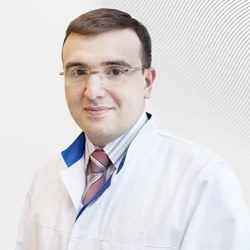
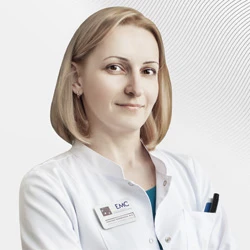


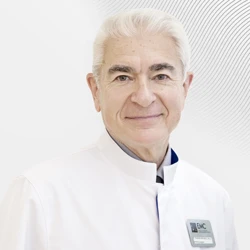
.webp)
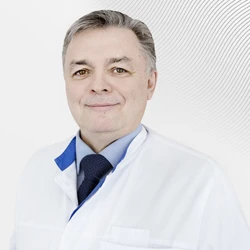
.webp)
.webp)

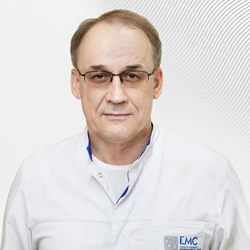
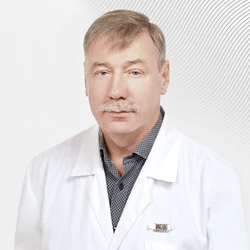
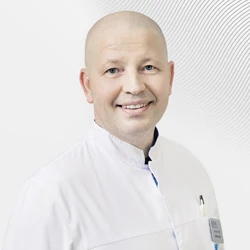

.webp)
